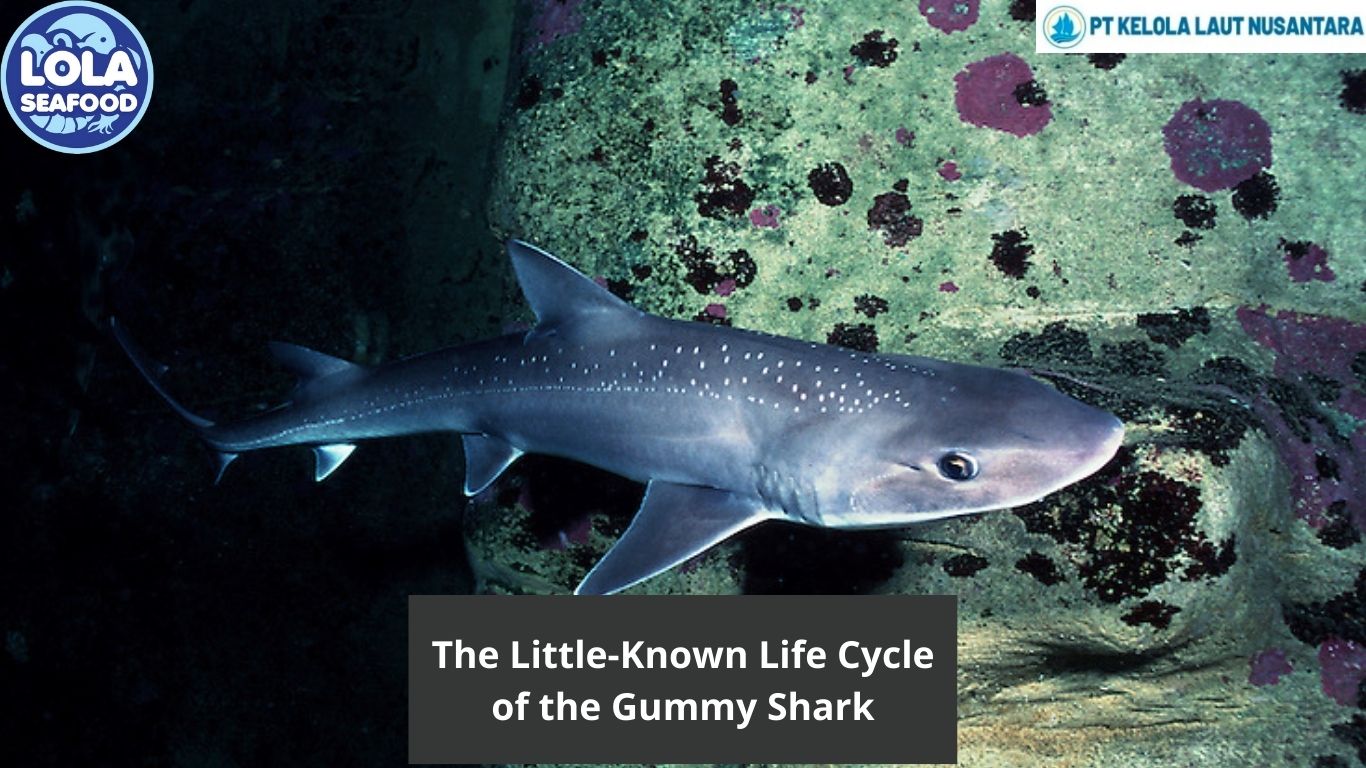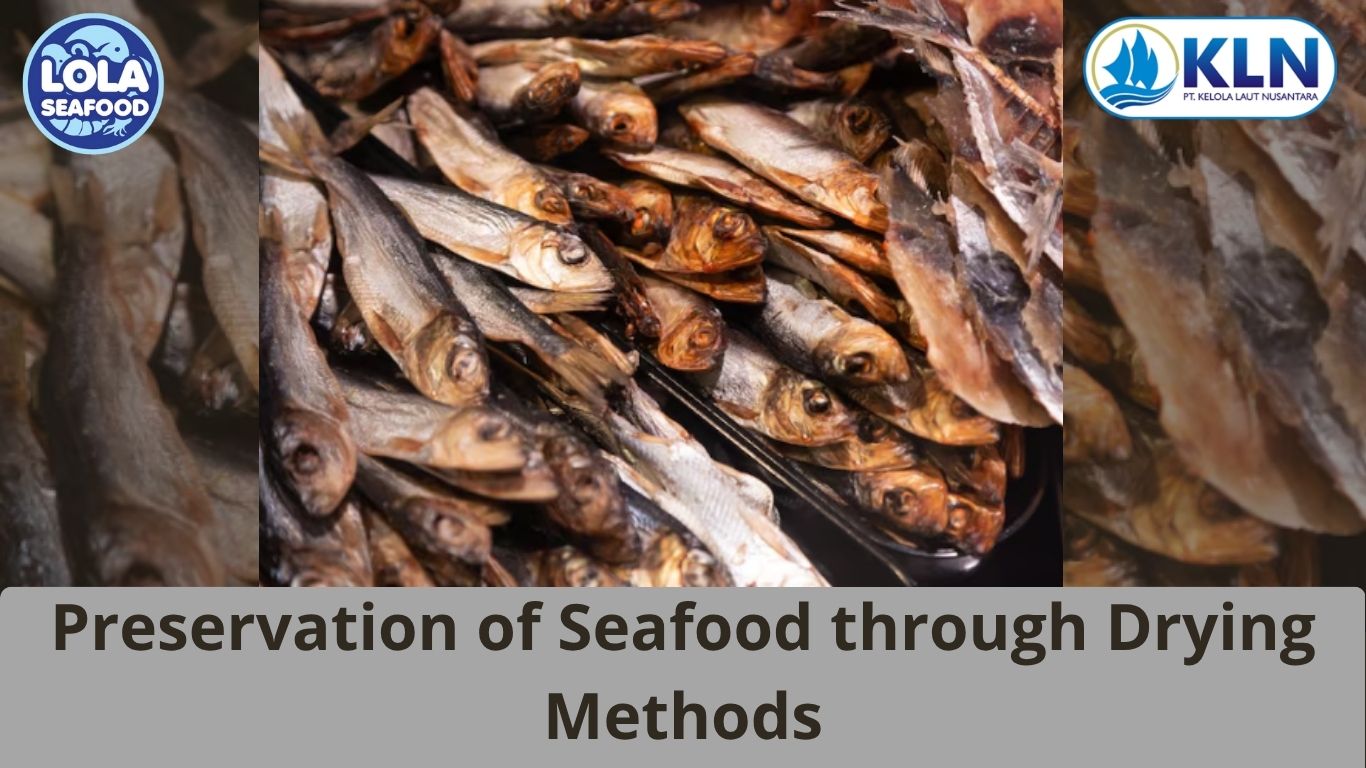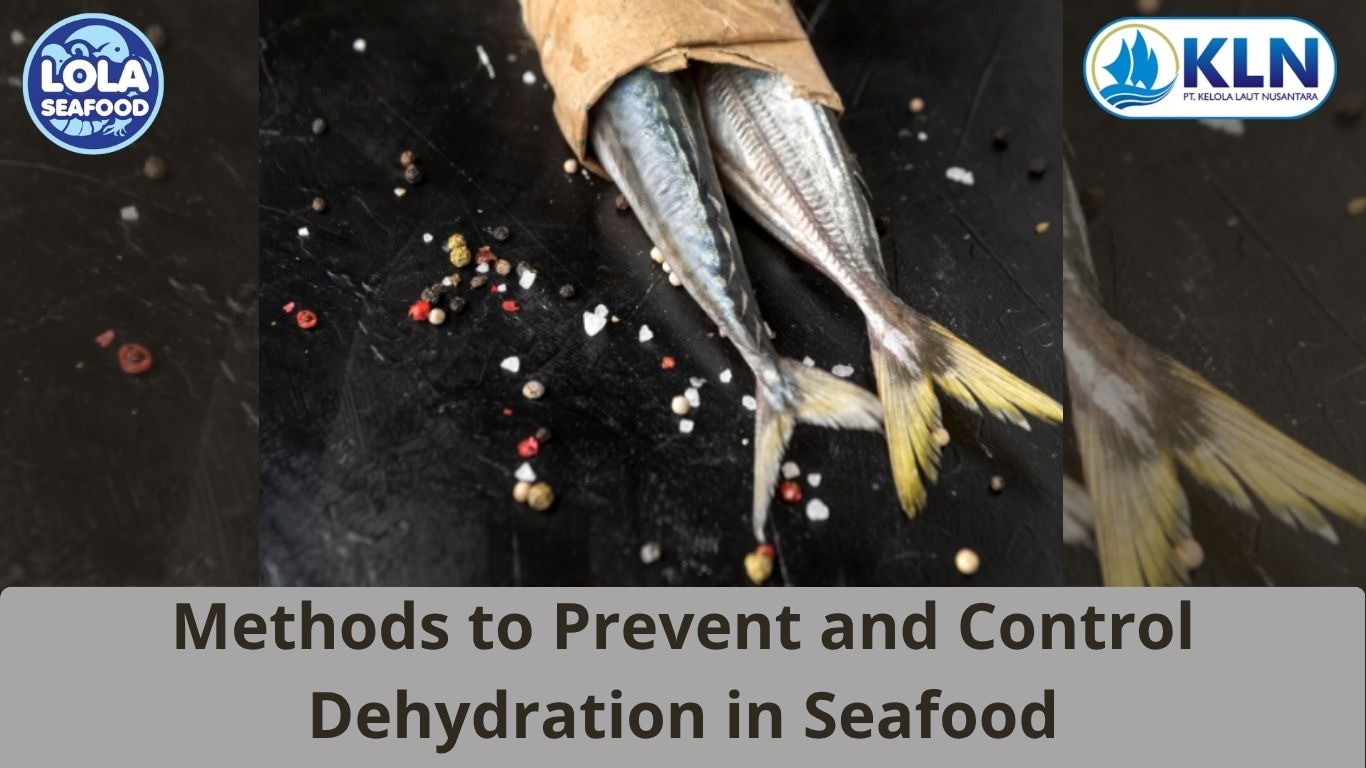The Little-Known Life Cycle of the Gummy Shark
By. Puji Widyastuti - 07 Feb 2025
Kelolalaut.com The gummy shark, a lesser-known species of shark, is a fascinating marine creature native to the waters of Australia and New Zealand. Unlike the stereotypical image of sharks as large and menacing, gummy sharks are relatively small, harmless, and notable for their smooth, scaleless appearance. Their name comes from their blunt, flattened teeth, which are well-adapted for crushing shellfish and crustaceans rather than tearing flesh. Despite their common presence in commercial fisheries, the details of their life cycle remain unfamiliar to many. Let’s take a closer look at how these remarkable sharks grow and reproduce.
Birth and Early Life
Gummy sharks are ovoviviparous, meaning that their embryos develop inside egg cases within the mother's body until they are ready to hatch. Unlike egg-laying sharks, gummy sharks give birth to live young, usually after a gestation period of 11 to 12 months. A single litter can consist of anywhere from 2 to 57 pups, depending on the size and age of the mother.
At birth, the pups measure around 30 centimeters (12 inches) in length and are fully capable of swimming and hunting for themselves. They primarily feed on small crustaceans and other invertebrates found along the seabed. During this vulnerable stage of life, they must evade predation from larger fish, seabirds, and other sharks.
Juvenile Development
As gummy shark pups grow, they gradually move into deeper waters, where they continue to feed on a variety of benthic prey such as crabs, shrimp, and small fish. Their diet plays a crucial role in their growth, allowing them to develop strong, cartilage-based skeletons. Unlike bony fish, sharks do not have true bones; their skeletal structure is composed entirely of cartilage, which helps them remain buoyant and agile in the water.
Juvenile gummy sharks typically reach sexual maturity at around five to eight years of age, depending on environmental conditions and food availability. Males mature slightly earlier than females, with a length of approximately 85 centimeters (33 inches), while females tend to mature at a length of around 120 centimeters (47 inches).
Reproduction and Lifespan
Once mature, gummy sharks participate in seasonal breeding, usually occurring in coastal waters where females can find safe, nutrient-rich environments to support embryonic development. Mating occurs through internal fertilization, where males use specialized claspers to transfer sperm to the female.
Females store the fertilized eggs within their bodies until they are ready to hatch, ensuring that their young have the best possible chance of survival. This reproductive strategy allows them to maintain stable population numbers despite natural predation and human fishing activities.
Gummy sharks have an average lifespan of 16 to 20 years, though some individuals have been known to live longer. Their relatively slow growth rate and late maturity make them vulnerable to overfishing, which is why sustainable fishing practices are crucial for maintaining their populations.
The gummy shark’s life cycle is a testament to the adaptability and resilience of marine species. From their early days as vulnerable pups to their role as important predators in benthic ecosystems, these sharks play a vital role in maintaining the health of oceanic food chains. As commercial demand for gummy sharks continues, understanding and protecting their life cycle is essential to ensuring their survival for generations to come.
If youre interested in our Gummy Shark Fillet , Shark Belly , Shark Cartilage , Shark Fillet , Shark Flake please do not hesitate to contact us through email and/or whatsapp.




.jpg)



